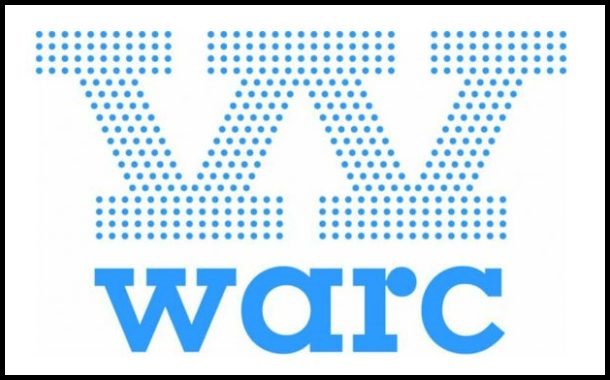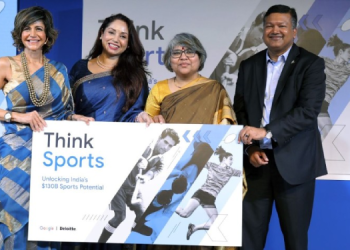London: Warc, the global marketing intelligence service, has today released the results of an analysis of the most effective use of social media in marketing, to establish global trends and best practice in 2016.
The ‘Seriously Social 2016’ report features analysis by Peter Field, the renowned independent marketing consultant. Field scrutinized data attached to entries to the 2016 Warc Prize for Social Strategy – Warc’s global search for the best marketing programs that are ‘social by design’ and that have made a significant impact on brand performance or influenced consumer behavior.
The 92 entries came from 20 different markets from around the world, and from a mix of marketers, creative agencies, media networks, digital and social specialists. The study also considered and compared trends and features from 2014 and 2015 to ascertain the key drivers of social effectiveness for 2016.
The ‘Seriously Social 2016’ report highlights four major global social marketing trends:
Social evolves as a broadcast platform: There is a marked increase in the use of content in social campaigns with video dominating. 79% of entrants used content in their social strategy in 2016 compared with 41% in 2015 and just 22% in 2014. Increasingly, social is used as a broadcast channel with 73% of entrants using video as part of their social strategy. An increase of organic social media is being driven by video-led powerful and emotive social ideas.
A shift to ‘Top Down’ Social Strategy: A dramatic shift towards ‘top-down’ (brand-generated content) and away from ‘bottom-up’ (consumer-generated content). Top-down now accounted for 93% of winning cases in this year’s Prize. Brands are now investing in producing shareable content which is easier to deliver and to link to commercial outcomes.
Short-term tactics dominate social: Social campaigns constrained to work over short timescales (i.e. less than six months in duration) are unable to deliver the same benefits as long-term ones. The pursuit of short-term sales activation in many social strategies deliver poorer long-term performance ultimately undermining long-term effectiveness such as market share movements or new customer acquisition.
Big data is more prevalent in social strategy: There is a growing maturity in how agencies are combining data with social strategy. Big data was a key theme, with 83% of entrants making use of it. Many winning papers demonstrated sophistication in how data is used to inform insights and improve targeting in social strategies. However, there is still a lack of robust data in evaluating the effectiveness of social campaigns.

Commenting on the 2016 social trends that the analysis reveals, Peter Field says: “There has been a clear shift away from bottom-up consumer content and cause-driven social strategies towards top-down content-driven strategies with brands investing in producing shareable content. In addition, social has evolved into a content platform to distribute and amplify multichannel ads.”
“However, the financial pressures on social campaign budgets, coupled with short-termism and the difficulty of achieving organic reach, are having a detrimental impact on the effectiveness of social campaigns.”

The Warc Prize for Social Strategy was judged by a panel of 21 industry luminaries chaired by Gian Fulgoni, Co-Founder and Executive Chairman Emeritus of comScore, Inc., the leading cross-platform measurement company that precisely measures audiences, brands and consumer behaviour.
“The ultimate reach and impact of any social campaign is influenced by three levers,” says jury chair Gian Fulgoni. “The quality of the social marketing creative to resonate with the audience, the ability to maximise the exposure to the creative through earned media such as social sharing, and how smartly this information is leveraged to maximise any corresponding paid marketing efforts to reach additional audiences with whom the content might resonate.”
The Grand Prix winner of Warc’s 2016 Social Prize was Halifax’s ‘Making money extra easy’ campaign, by adam&eveDDB.

















